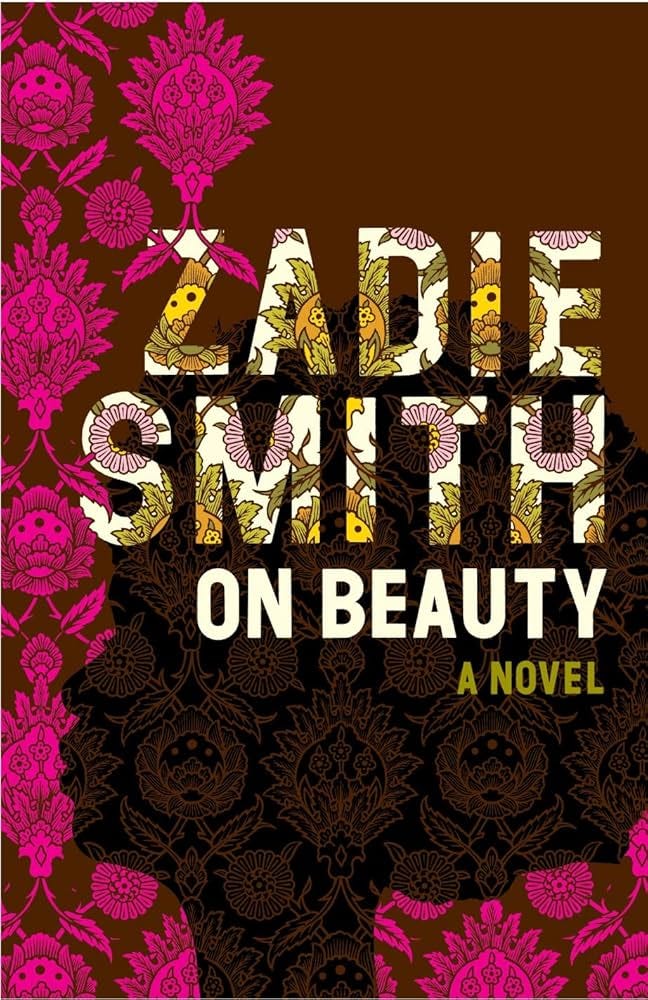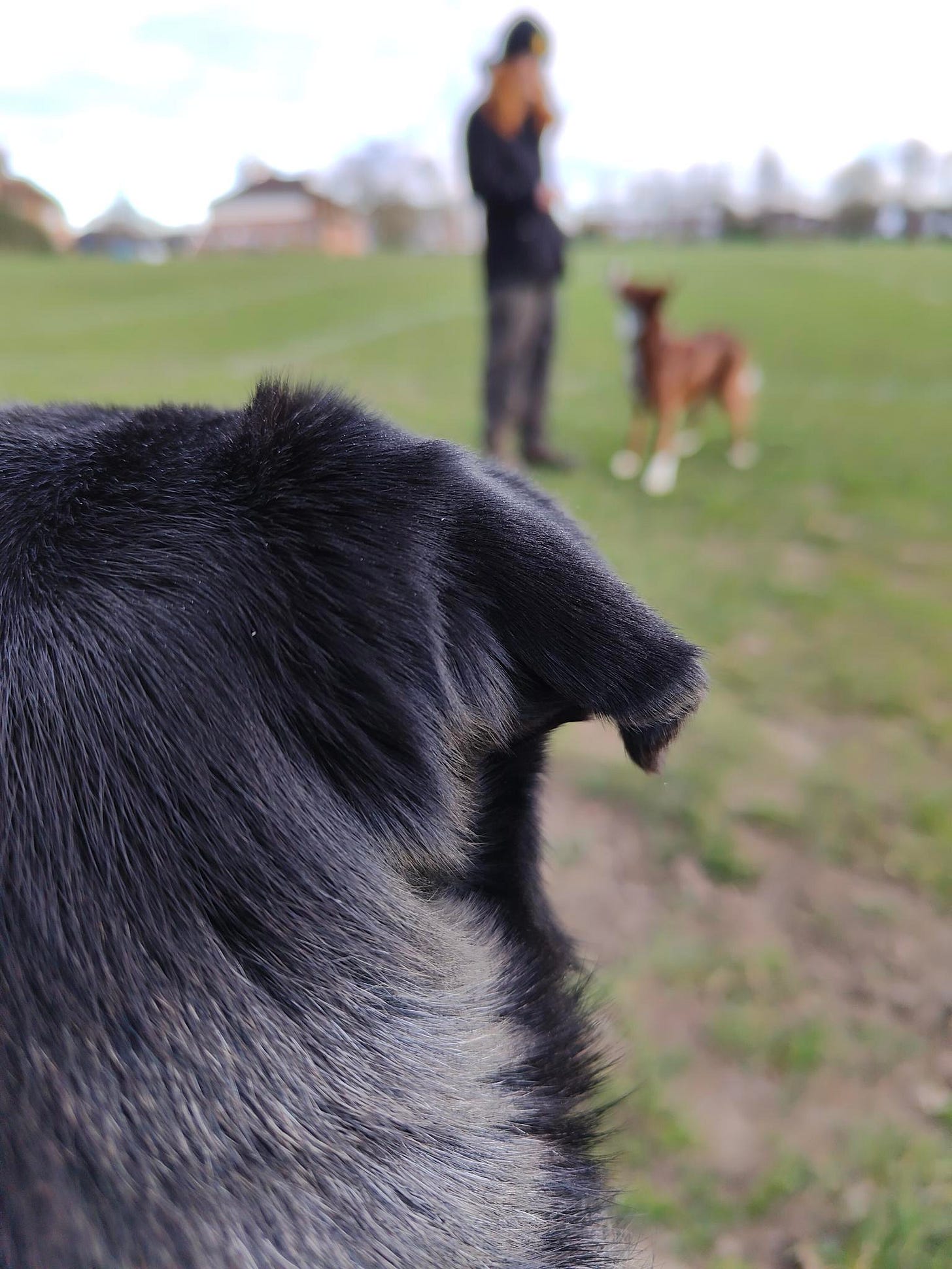Zahabi's Newsletter - March/Apr 25
Why we have to worry about AI and how to write a good sex scene, with Detransition, Baby by Torrey Peters. Both important, albeit unrelated, topics.
Dear reader,
This newsletter has a lot to cover! First of all, we tackle AI, what it means for authors, what you can do to help. And then, unrelatedly, we discuss what makes a good sex scene.
What’s happening with the book – Artificial Intelligence
Just to be clear, before we start – we’re talking about a specific kind of generative Artificial Intelligence (AI). The sort that trains on large volumes of data to then generate “content”, such as writing, images, music, etc.
Recently, an article in The Atlantic came out, showing that Meta had scraped the website LibGen, full of pirated books, to train their AI model. My trilogy, Tales of the Edge, is on the database of pirated books.
Now, AI has been on my mind for a while now. This is not a new problem. AI scraping work by authors – and other creators, especially visual artists – and then being used to profit a tech company has been on a lot of writers’ minds. Chuck Wending had an article on the subject in January 2024, so you can see this conversation goes back a while. Last year, I was checking ChatGPT and asking it to pastiche me, and from the results obtained, I’m convinced it trained on my books without my permission – and I can even tell you which ones, from the way it’s chosen to mimic my style. It’s very clear it read the trilogy, but not The Game Weavers (published by an indie press) nor my romance games (published by Choice of Games).
So the fact that Meta has trained on a database of pirated books, and that my books are part of that database, isn’t exactly surprising.
Still, there is something deeply galling about tech companies worth millions stealing from writers. The median annual income of a professional author is £10,500 according to the Society of Authors. Most authors are below the poverty line. Training AI models without permission, without remunerating the authors, without even letting them know, and using it to build an AI destined to replace authors – by creating cheap, quick content that shortcuts most jobs where authors are making that paltry £10k a year – is adding insult to injury.
I’d recommend checking the LibGen database on The Atlantic. If you’re an author, you can see if you might have been pirated and used to train AI. If you’re a reader, I’d recommend looking up your favourite author. Remember how their books made you feel. Are you happy to pick up a book in a library written by an AI, reusing stolen material, and give the tech bros your money for it?
If you’re based in the UK, the Society of Authors have some advice on the next steps. They’ve got a very easy standard letter you can send to your local MP – as a reader or as a writer – and some open letters you can also sign. Authors can also send a formal notice to Meta stating they don’t have the right to use your books.
If you’re an author in the US, I’d follow the Authors’ Guild advice, although I’m less aware of what readers can do to help.
The thing is, the legal situation on AI is as yet unsolved. Depending on what the law decides, this may become unsustainable for AI companies, or a compromise might be found, or writers might be put into the meat grinder. We’ve got a choice – nothing’s set yet. We, as writers, as readers, as lovers of books, can help decide what the future of books looks like - but only if we speak up for what we love.
What’s happening on the page – What makes a good sex scene?
Before we even start, let's do an overview of some of the most common sex scenes you can encounter in fiction.
Firstly, a sex scene can be a reward. If you're writing a dating game, for example, the sex scene functions as an end goal: the player tries to win over the character and gets a sex scene they can act out at the end, once they've "won". The narrative role of the sex scene isn't as important as its game design role. With the Happy Ever After in romance novels, a sex scene once characters have overcome their trials and tribulations is a way to tell the reader this long trip was worth it, here's happiness and sexiness at the end of the line. These sex scenes tend to be happy, with fantasy sex - sex that's always great and never awkward.
The other kind of sex scene most often encountered in fiction is what I call the awful literary sex. It is often The Worst Sex anyone has ever had. Think of the sex scene in Zadie Smith's On Beauty, for example. One moment of adultery ruins the character's whole life, and the sex was atrocious. Aside from bad consensual sex, literary fiction also tends to portray sexual assault. An important topic, but not one I’ll address today.
On the opposite end of the spectrum, sex can be funny. This is less often a lengthy description, and more often left to the readers to imagine. It can be hard to find outside of comedies. But there is something inherently funny about the awkwardness of sex, and sometimes authors lean into this. This is a hard one to pull off – humour always is hard to nail, and so is sex, so both together can fail dramatically – but it can be done successfully. (I don't mean a sexual joke. I mean a sex scene which turns out to be funny, for any reason: kids interrupt, the character is wearing the wrong sort of underwear, there's some sort of misunderstanding, etc.)
Now we've got our most common sex scenes, let's see what makes them good fiction.
Before I go any further, let's clarify that what I'm going to say doesn't really apply to erotica or fiction intended to titillate. In those cases, the main appeal is the sex, not the story. The story is in service of the sex scenes. Today I want to explore sex in service of the story.
I often come across books that I would argue have too much gratuitous sex. Recently, I read a book that has a lot of sex scenes, and yet these all felt earned: Detransition, Baby by Torrey Peters. And then I realised why these scenes worked for me – they all had narrative drive.
If you're not reading an erotica, but a mainstream piece of fiction, then a sex scene, like any other scene, should advance the plot. It should teach you something about the characters, reveal new information, or create conflict. If the story is the same before and after the sex scene, what's the use? Other scenes that serve no purpose would be cut by a conscientious editor, so why not the sex scenes?
The first sex scene between two characters is, arguably, always bringing something new to the table. They hadn't had sex together, and now they have. If it was good, we can safely assume they'll now be in a relationship. If it was bad, we can also safely assume this is going to create conflict and drama.
The question is, how do you write a second, then third, sex scene between these two same characters? In Detransition, Baby, the way Peters does it is by introducing new ideas each time. She explores kink a lot, what kink says about gender performance, how sex changes depending on which gender role you're performing. She varies good, bad, and middling sex - for example, one character, Ames, once has sex as a teenager. At first, knowing that he's going to transition later in life, and that he hates presenting as a man currently, we're mostly worried that the sex (as a man, with a woman) is going to be awkward and humiliating. Then Ames manages to do a good performance, but at the cost of losing that female friendship and of dissociating during sex. So we get what we thought we wanted, but lose something else, that we realise is worth more. This is great character drama – that emotional arc would be good whatever the scene carrying it. It just so happens to be a sex scene.
So, first of all, the key to good sex (in fiction) is plot relevance. But that's not the only trick used by Peters. She also makes good use of summary. Just to clarify, scene is when a story is told beat by beat ("I got up, brushed my teeth and left the house. It was barely dawn.") whereas summary is when a scene is summarised rather than played out before us ("I leave for work at dawn every morning"). Summary is a useful tool in the writer's toolkit. Use it all the time, and the story is flat and lifeless, distant and impersonal. But if everything is a scene, we can get bogged down in the details.
Peters skilfully weaves between both. She'll zoom in onto one detail – often sexy and very specific – but glance over the rest. She'll explain a relationship by summarising the sort of sex these characters often have, glancing over what must cover several sexual encounters, without bothering to describe them getting undressed each time. This is a good idea, I think, because otherwise she'd have too much repetition.
Let's face it – however varied your sex might be in the book, it risks becoming repetitive. Obviously, if you're exploring various kinks, you have the advantage of being able to spice up the sex with novelty. Each time it happens, it might not happen in quite the same way. I'd argue, however, that without emotional relevance to the character, these scenes will still fall flat. The mechanics of sex and what it looks like each time doesn't matter as much as how it changes the character. Very detailed description of what is going where, however unusual, can feel very mechanical – like an IKEA instruction manual.
Summarising several sex scenes into one paragraph means you can focus on what stands out, what is meaningful. What makes the sex, or the relationship, matter.
In conclusion, for a sex scene to stand out in a book, I’d think about what the sex means to the characters and to the story. What’s its narrative focus? I’d pick a moment or incident that illustrates this, and describe that at length – but rely on summary to skip through the boring or repetitive bits.
If you’d like to read more on the subject, LitHub has an article with advice from various authors on what makes a good sex scene.
What’s happening with me – Spring is here
Honestly, this newsletter has been quite long and intense, so I’ll keep this short. Still – happy Nowruz for everyone celebrating the Iranian new year!
And happy spring for everyone else! I’ve included some photos of the first blossoms below. At the start of March, a Bulgarian friend gave me and my partner some threaded red and white bracelets, that we wore until we came across the first spring blossoms. At that point, we removed the bracelets and tied them to the blossoming tree.
I’ve been keeping a dog with Sancho this spring, for a different friend. So here’s a pug’s eye view of a border collie.
And finally Sancho in the office, to add some doggy love to this early spring light. That’s all for now, dear reader!









